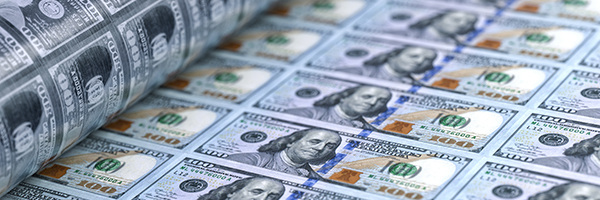
Saturday Night Quarterback (on a Sunday) says, For the week ahead expect…
I expect Tuesday’s Consumer Price Index report for October to be critical in determining whether the Christmas rally narrative can be sustained.

I expect Tuesday’s Consumer Price Index report for October to be critical in determining whether the Christmas rally narrative can be sustained.

The financial markets continue to swing from extreme to extreme in sentiment. The markets were wrong at the beginning of last week. It’s likely the markets are wrong again.

On Monday, I will add to my short position in the small-cap Russell 2000 by buying more of the ProShares Short Russell 2000 ETF (RWM) for my Jubak Picks Portfolio. This buy will give me two positions in the ProShares Short Russell ETF. The first position, added to the portfolio on July 23, 2023 is up 0.08% as of the close on November 3. Why go all in on shorting the Russell now?


The NASDAQ Composite was still up 23.75% as of the close on October 25. But the index is now down 12.2% from its July 31 high as of the close on October 26. That’s correction territory.

Today, in my Special Report: 8 steps to Protect Your Portfolio from the Globlal Debt Bomb, I advised raising some cash my selling two utility stocks, Duke Energy (DUK) and NiSource (NI) out of my Dividend Portfolio tomorrow.

I’ve hi-lighted the key characteristics of the coming global debt bomb explosion that investors MUST include in any plan to protect a portfolio from the explosion of this bomb.

Today, October 18, the yield on the 10-year Treasury rose to close at 4.91%. That was a gain in yield of another 8 basis points. The yield on the 10-year Treasury is up 61 basis points in the last month.

Retail sales in September roe by 0.7% from August, the Commerce Department reported today. That was more than twice the All Street projector of 0.3% growth. I would note that these retail sales numbers are not adjusted for inflation. So yes, they may be surprisingly strong, given that Wall Street was expecting 0% growth once you subtract inflation. But they hardly indicate a “Nellie, bar the door” economic expansion.

The VIX, the CBOE S&P 500 Volatility Index, climbed another 12.32% today, October 2, to 19.78. The Call Options–with a strike at 17 and an expiration on December 20–I bought on the VIX on September 25 are up 38% as of the close on October 2. (I hold them in my Volatility Portfolio.) I’m inclined to hold them a bit longer because:

Kicking the shutdown 45 days down the road doesn’t change a single vote in Congress. The question remains exactly what it was before Saturday’s vote–Will McCarthy–or whoever is Speaker–use Democratic votes to pass legislation to fund the operations of the Federal government? Anything that increases the chances the Congress will return to its pre-vote chaos–or worse–will be a negative for financial markets. Anything that points to a full fiscal year budget based on a willingness to use Democratic votes in the House to pass a full fiscal year budget will be a positive for financial markets.

I added three more moves to the four that I’d posted yesterday to bring the total moves in Part 2 of my Special Report up to 7.